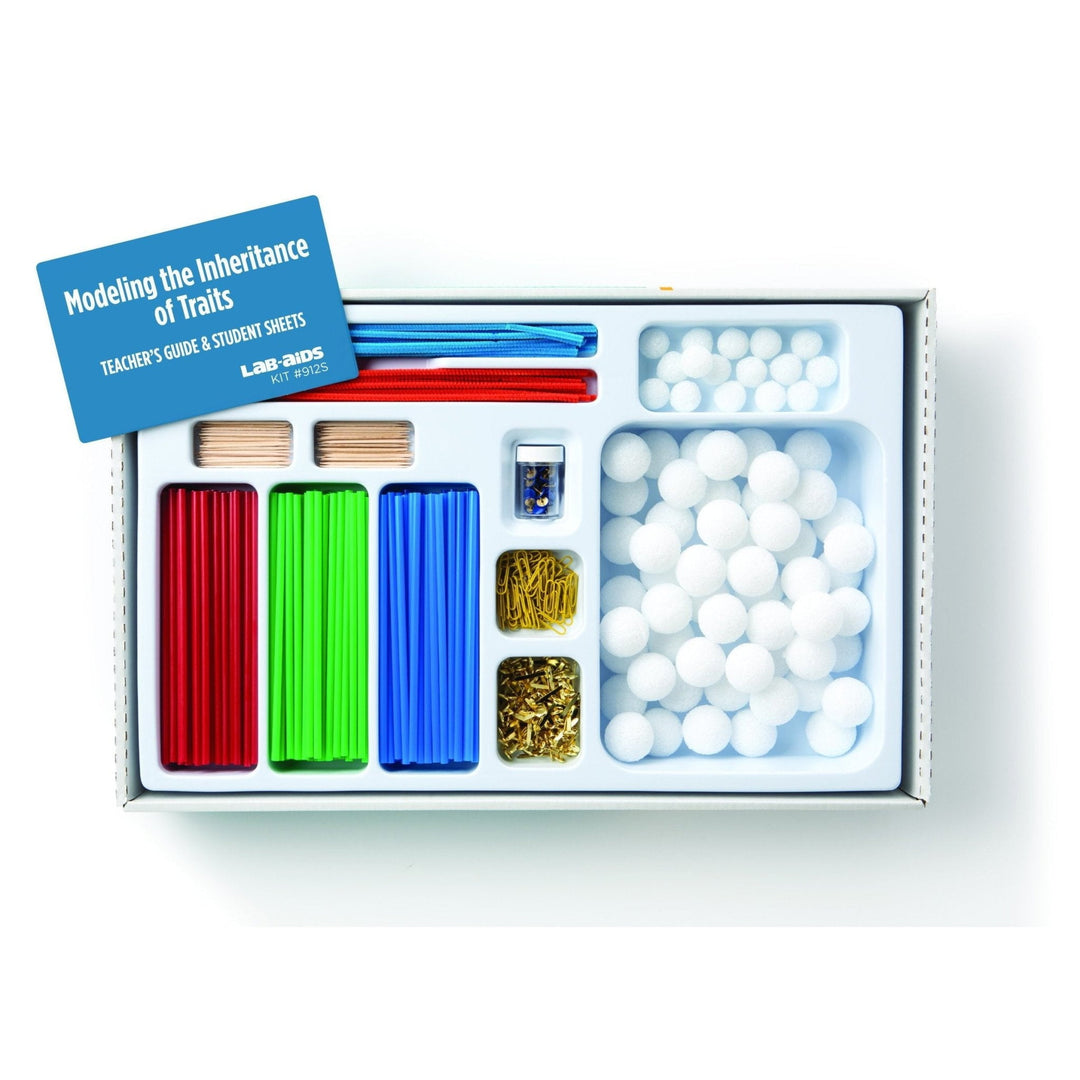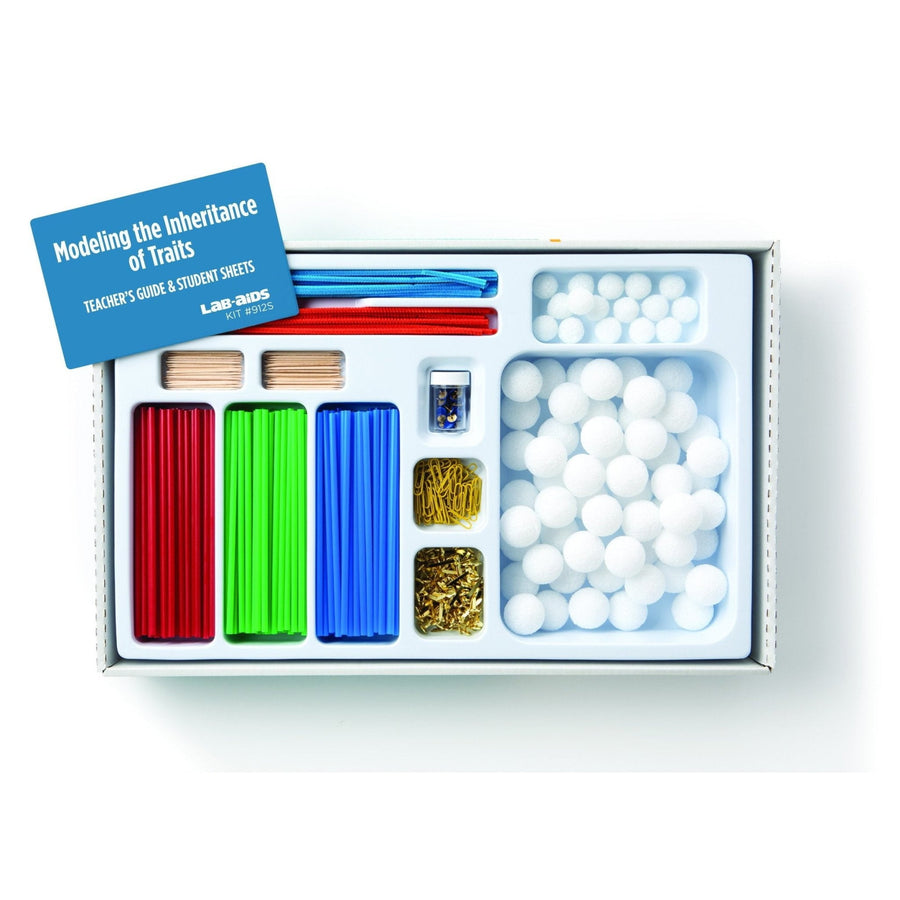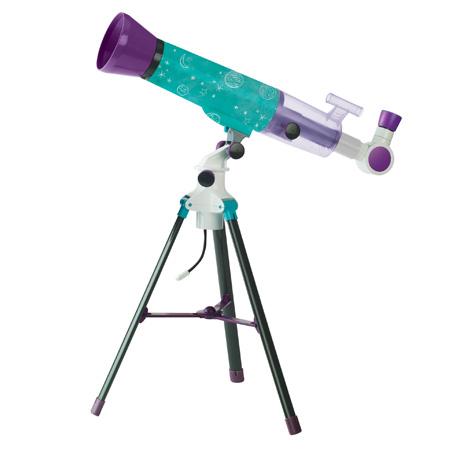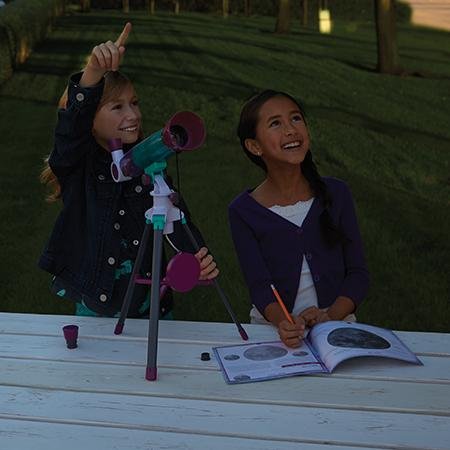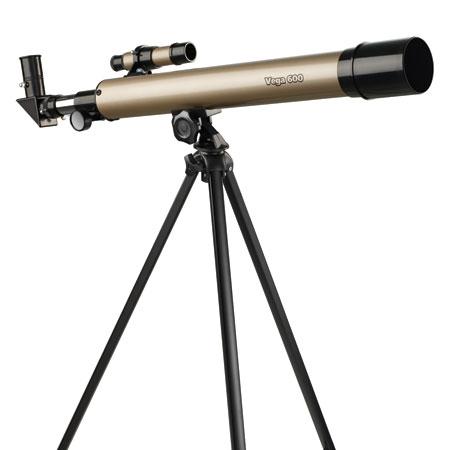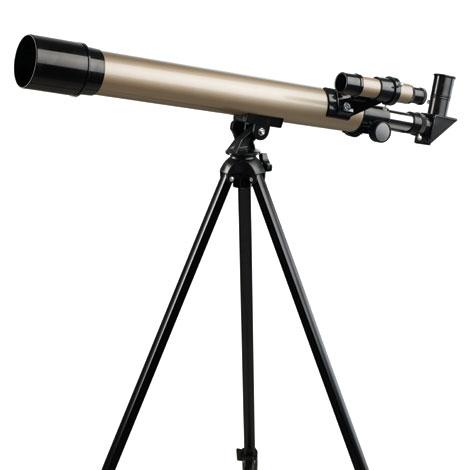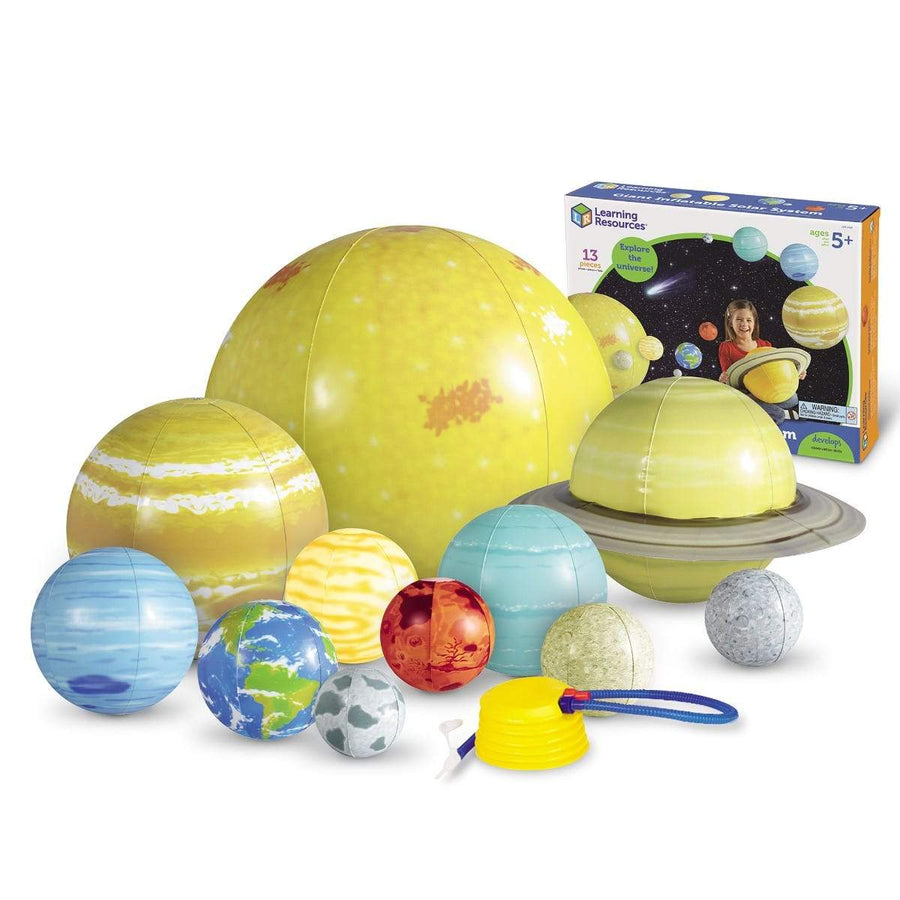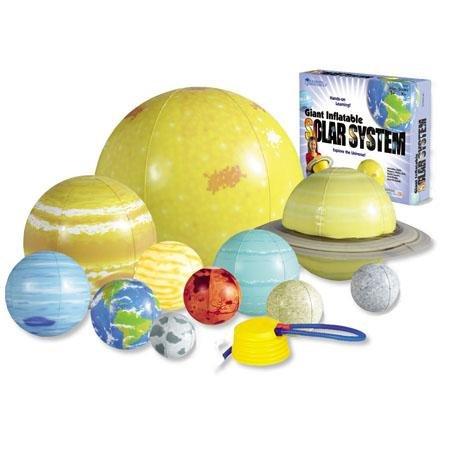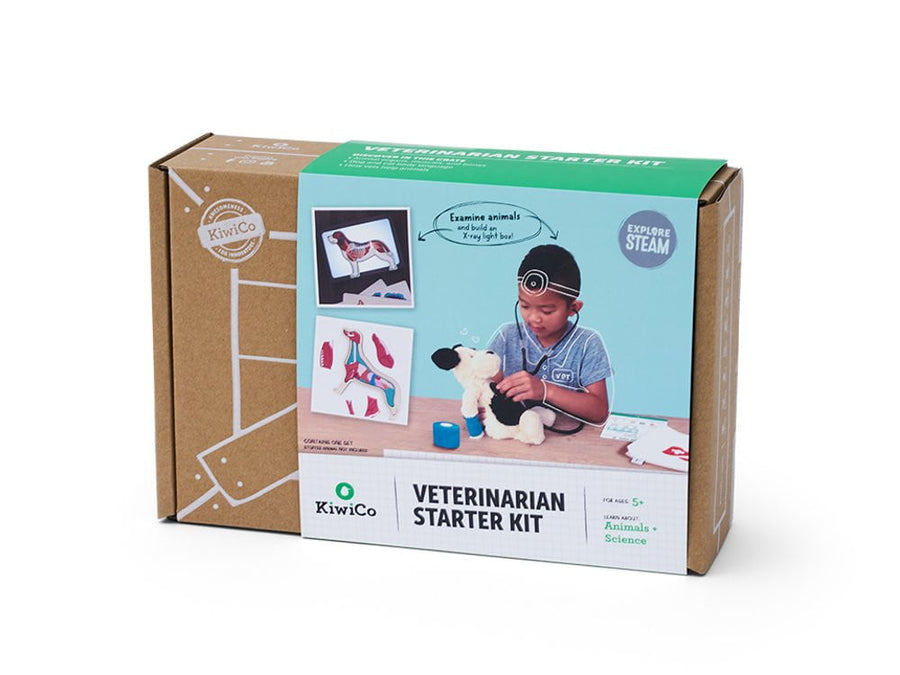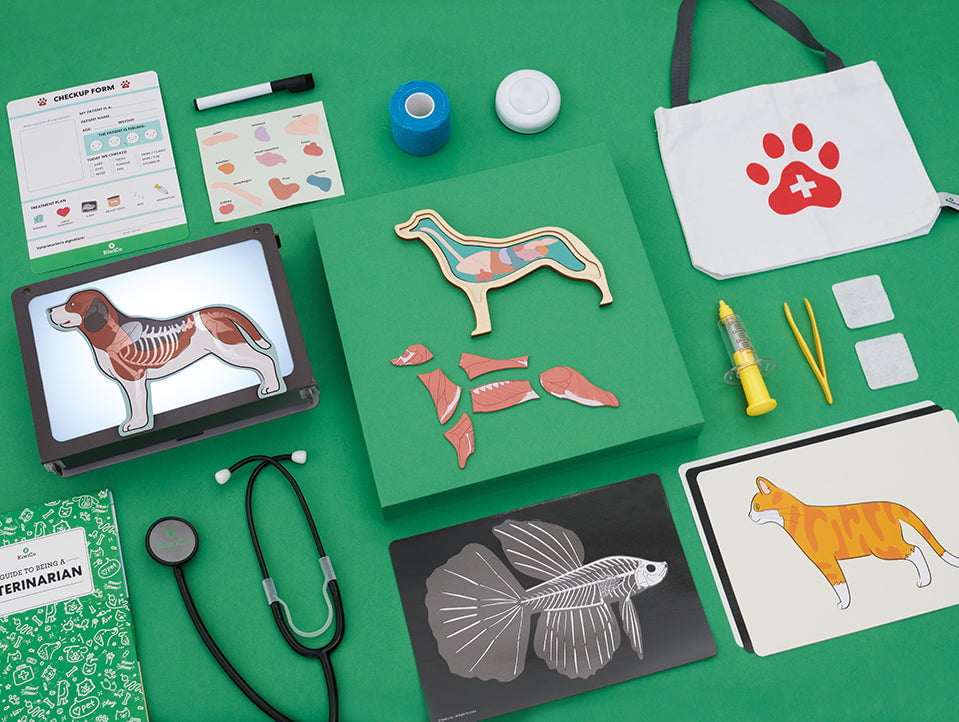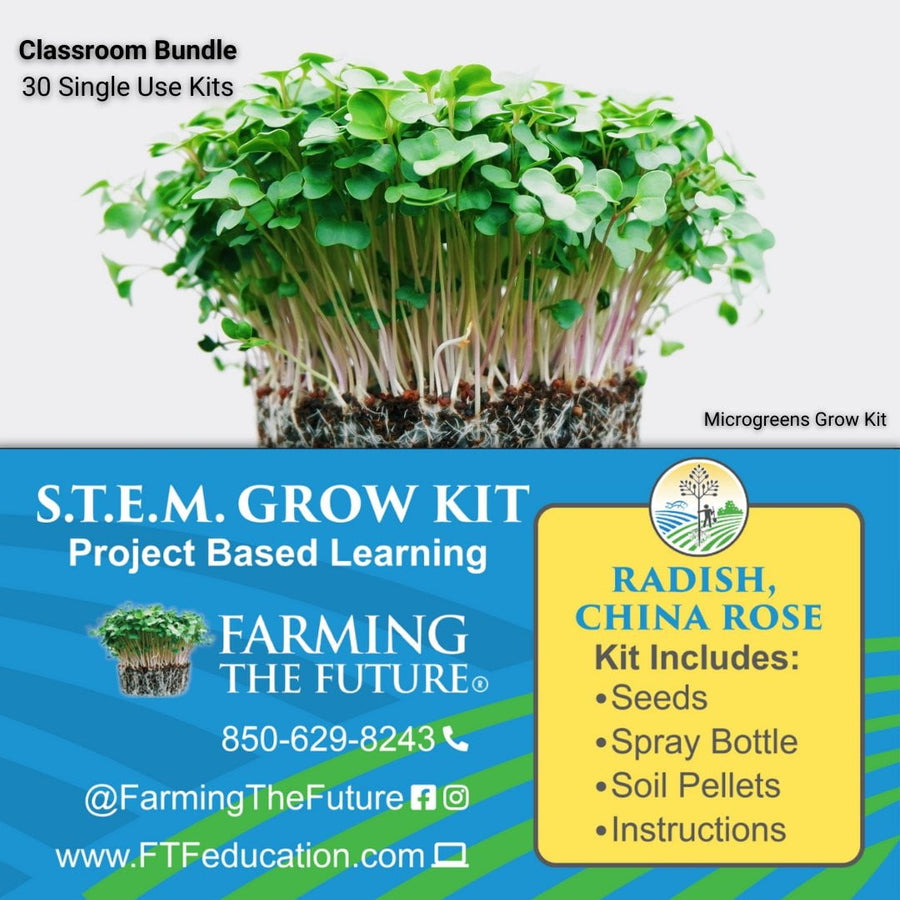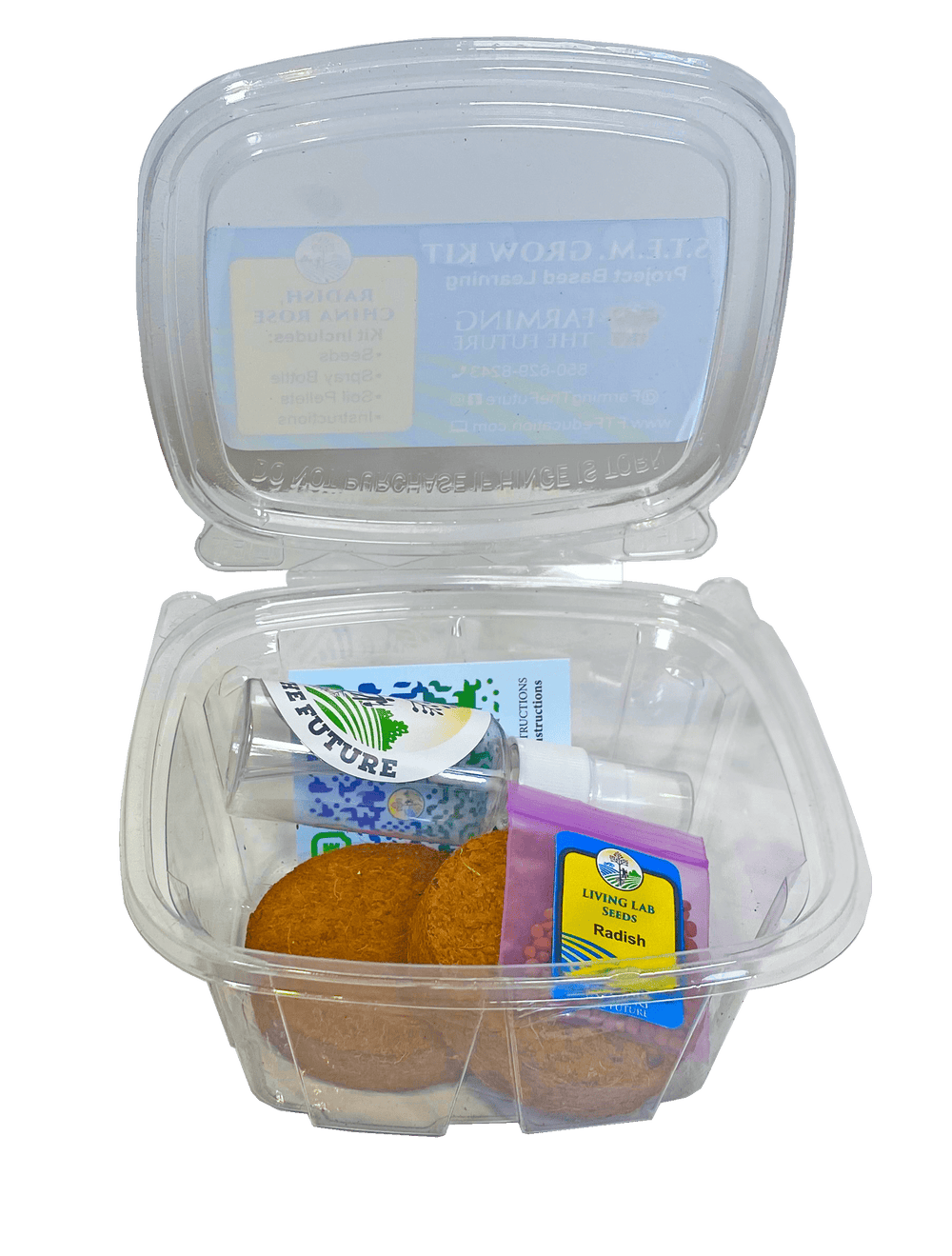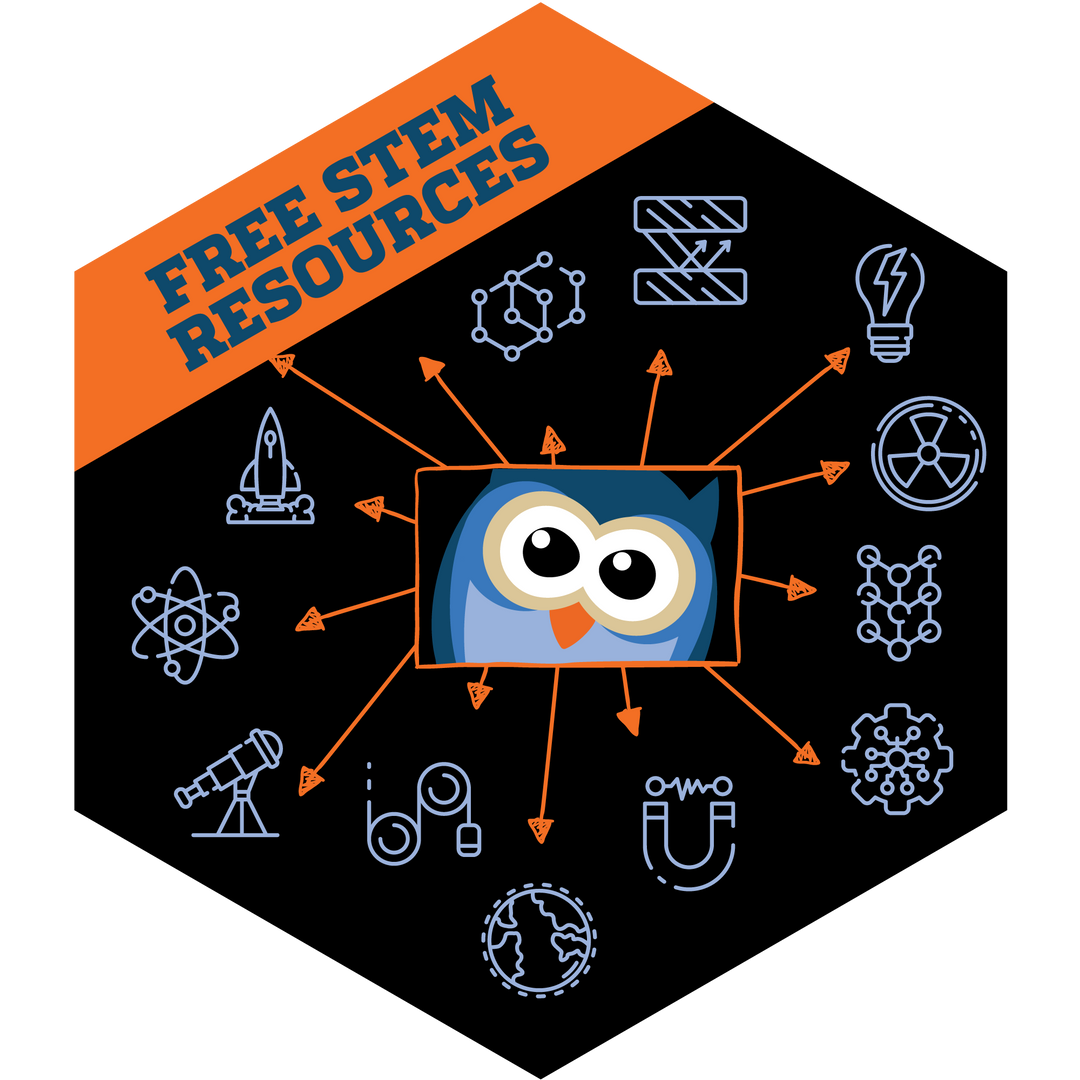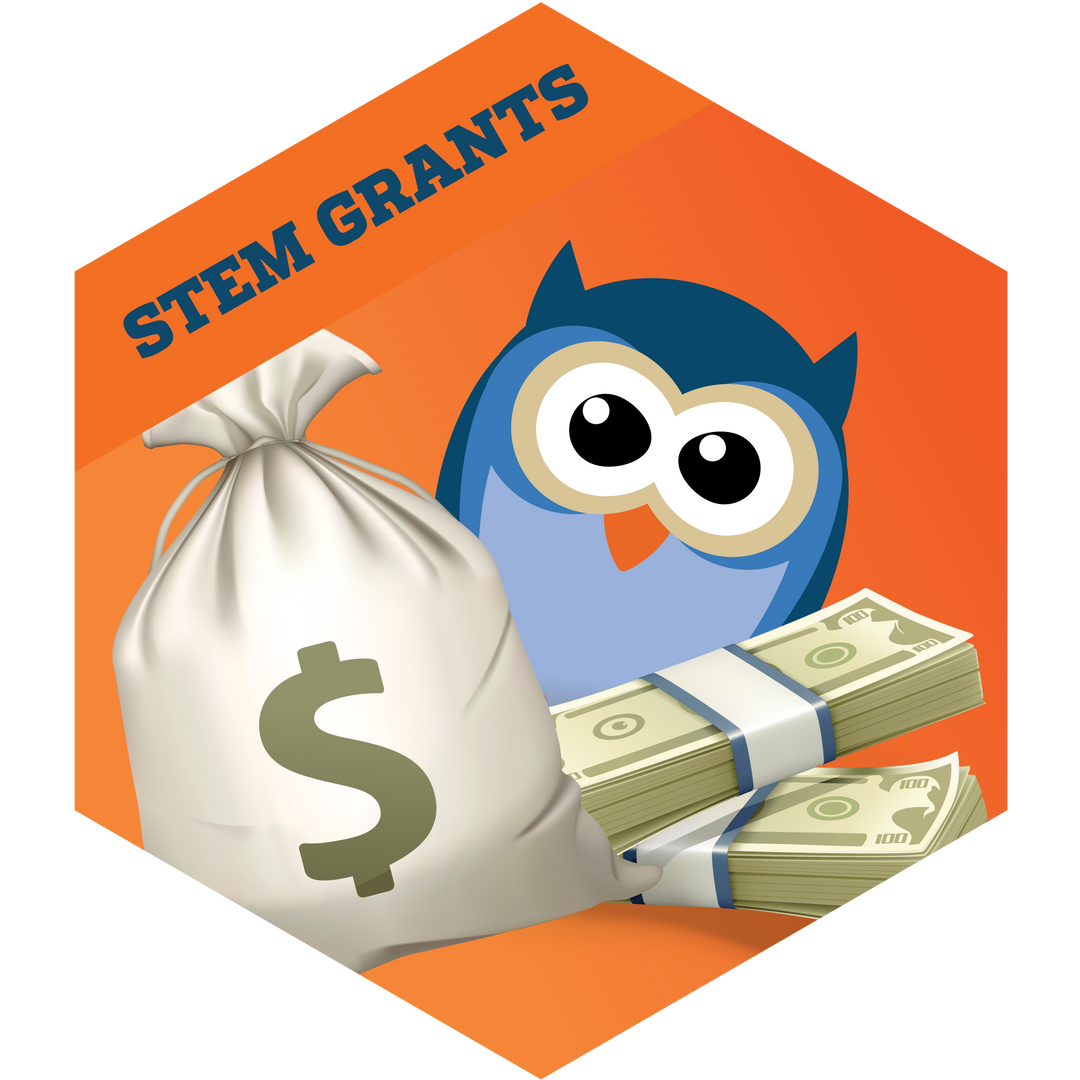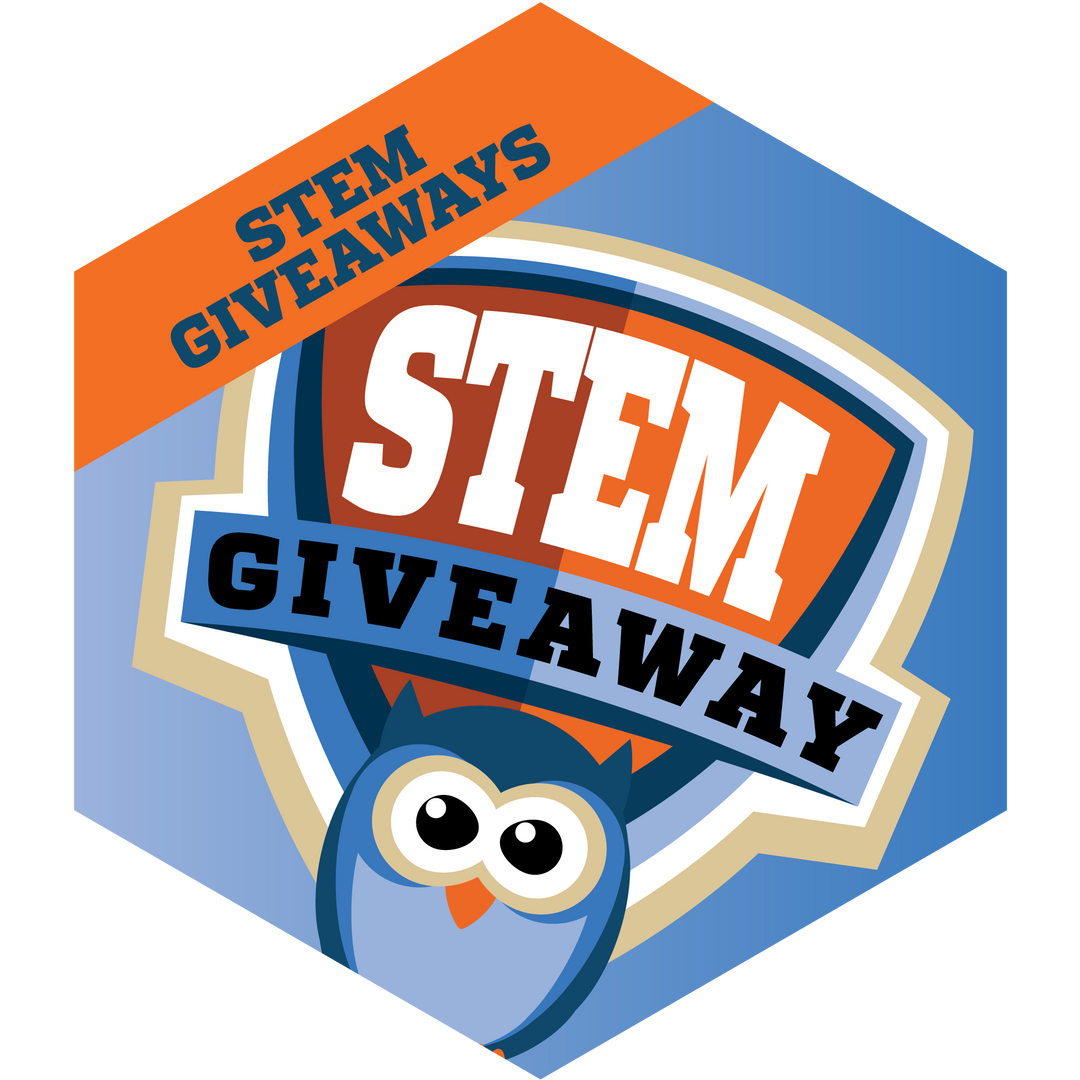Lab-Aids: Modeling the Inheritance of Traits (Developed by SEPUP)
- Grades: 6+
- Number of Students: 32
Students model the diversity of offspring possible from two parents and discover patterns of inheritance other than strict dominant/recessive traits. These patterns help them model and explain the wide variation that can result from sexual reproduction and explore the cause-and-effect relationships for additional traits of the critters.
Accommodates unlimited classes, each with 8 groups of 4 students.
Product Includes:
56 1.5” foam balls
16 1” foam balls
16 blue chenille stems
16 orange chenille stems
100 round-head brass fasteners
40 red straws
50 green straws
60 blue straws
50 yellow paper clips
40 blue thumbtacks
100 toothpicks
32 Student Guides
1 Teacher’s Guide
Classroom Planning:
Number of Students: maximum of 32 per class
Number of Groups: maximum of 8 groups of 4 students per class
Number of Classes: unlimited (no consumable materials)
Scientific Concepts:
-
NGSS CORRELATIONS
Disciplinary Core Ideas
MS-LS1.B Growth and Development of Organisms: Organisms reproduce, either sexually or asexually, and transfer their genetic information to their offspring.
MS-LS3.A Inheritance of Traits: Variations of inherited traits between parent and offspring arise from genetic differences that result from the subset of chromosomes (and therefore genes) inherited.
MS-LS3.B Variation of Traits: In sexually reproducing organisms, each parent contributes half of the genes acquired (at random) by the offspring. Individuals have two of each chromosome and hence two alleles of each gene, one acquired from each parent. These versions may be identical or may differ from each other.
Science and Engineering Practices
Constructing Explanations and Designing Solutions: Apply scientific ideas to construct an explanation for real world phenomena, examples, or events.
Developing and Using Models: Develop a model to describe unobservable mechanisms.
Crosscutting Concepts
Patterns: Patterns can be used to identify cause and effect relationships.
Cause and Effect: Cause and effect relationships may be used to predict phenomena in natural systems.
Common Core State Standards—Mathematics
6.SP.B.5: Summarize numerical data sets in relation to their context.
Common Core State Standards—ELA/Literacy
RST.6-8.4: Determine the meaning of symbols, key terms, and other domain specific words and phrases as they are used in a specific scientific or technical context relevant to grades 6–8 texts and topics.
